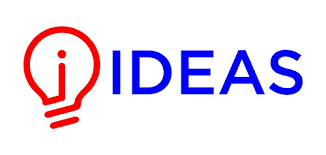Article | Open Access | Published: 10 January 2025
Relating Theory of Planned Behavior with the Purchase of Over the Counter Medicines in Karachi City
| Views: | 376 | | | Downloads: | 695 |
Abstract:
Self-Medication and purchase of over-the-counter medicine are common in developing countries. However, very limited research work was found on the purchase of over-the-counter medicine and self-medication in developing countries. Similarly, no study relates the theory of planned behavior with over-the-counter medicine purchases. Hence, to bridge these gaps associated with knowledge, evidence, and theoretical assumptions, this study has been conducted purposely to examine the relationship of the theory of planned behavior with the purchase of over-the-counter medicine. Hence, the significance of this study has multiple folds as the study aids in fulfilling evidence gaps concerning developing and Asian Markets but will also overcome knowledge gaps & theoretical gaps. However, data collection for this study is a challenging task and to achieve the uphill task researchers used the convenience sampling method to collect data from the urban areas of Karachi. Analysis has been made through using SMART-PLS and findings of the study revealed that the use of the theory of planned behavior is a valid action and usage of the theory of planned behavior revealed that external factors used in the study are significant in shaping the customer’s attitude towards the purchase of over the counter medicine.
Keywords:
Over the counter Products, Self Medication, Purchase of Over the Counter Products, Theory of Planned Behavior, Customer’s Attitude, Intention to purchase & External Factors
Publisher:
ILMA UNIVERSITY
Published:
10 January 2025
E-ISSN:
2409-6520
P-ISSN:
2414-8393
This is an open access article distributed under the terms of the Creative Commons Attribution CC BY 4.0 license, which permits any use, distribution, and reproduction of the work without further permission provided the original author(s) and source are credited.














